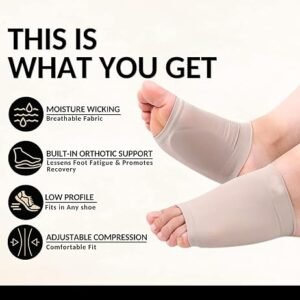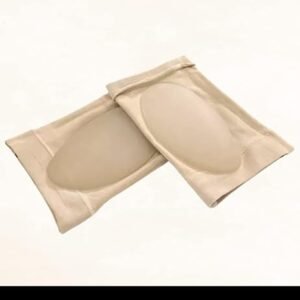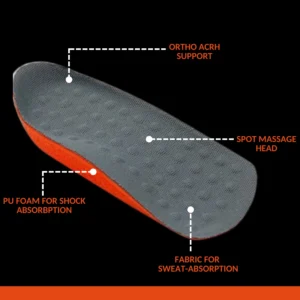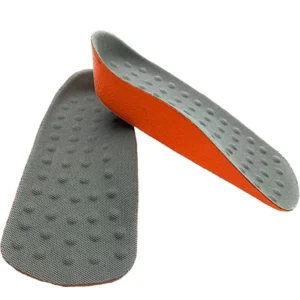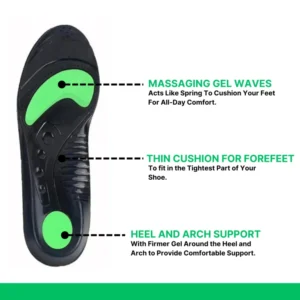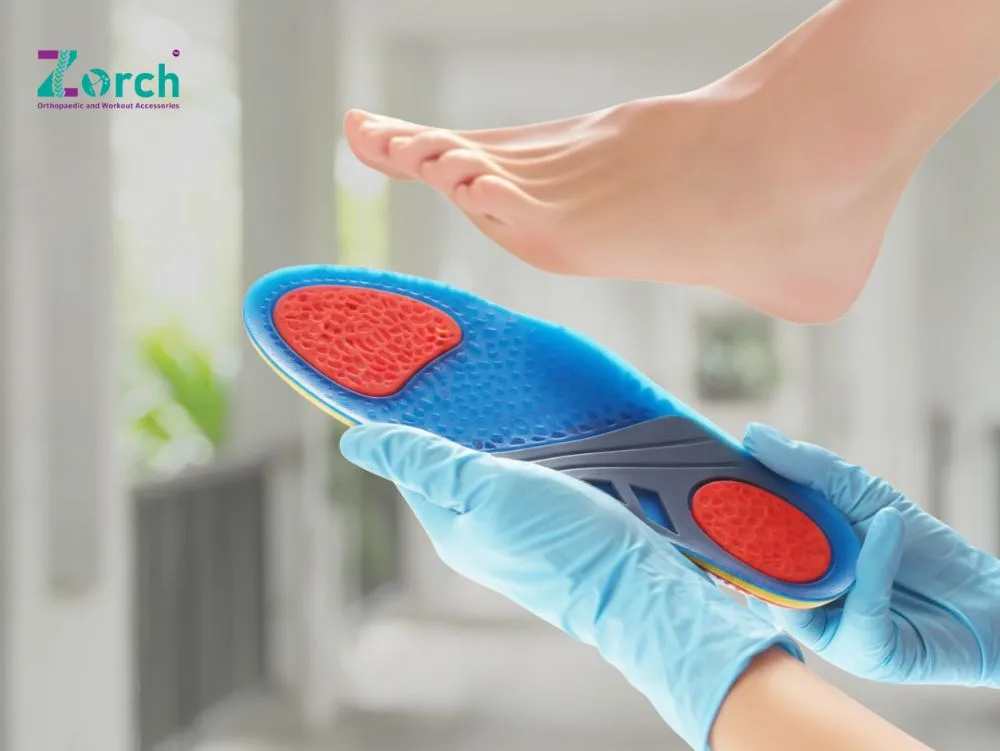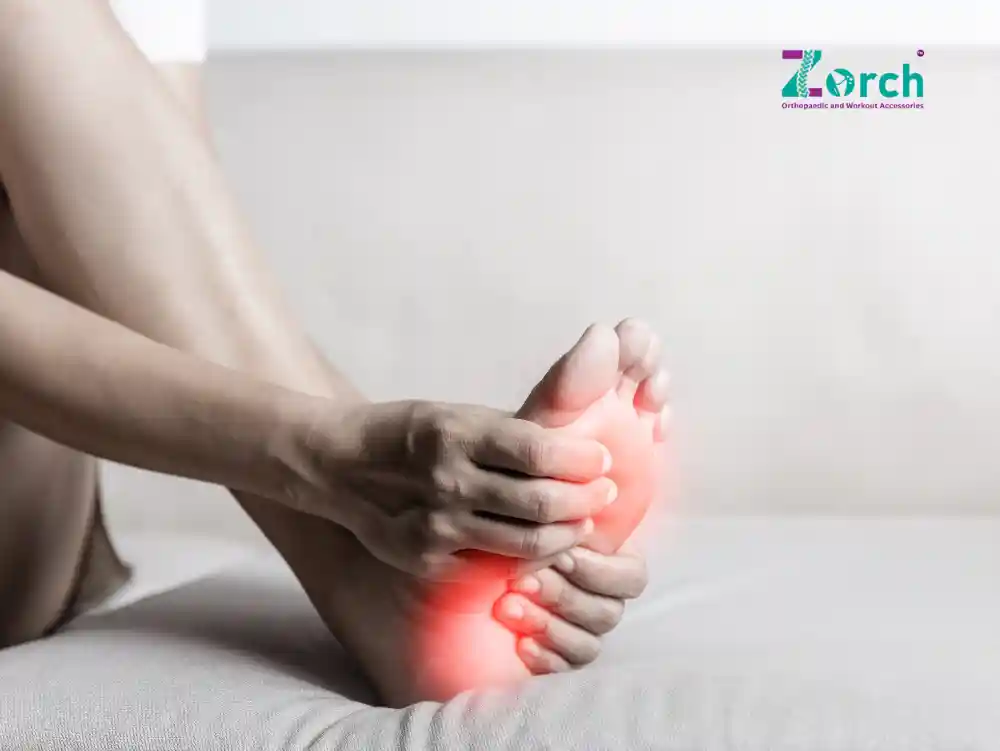Currently Empty: ₹0.00
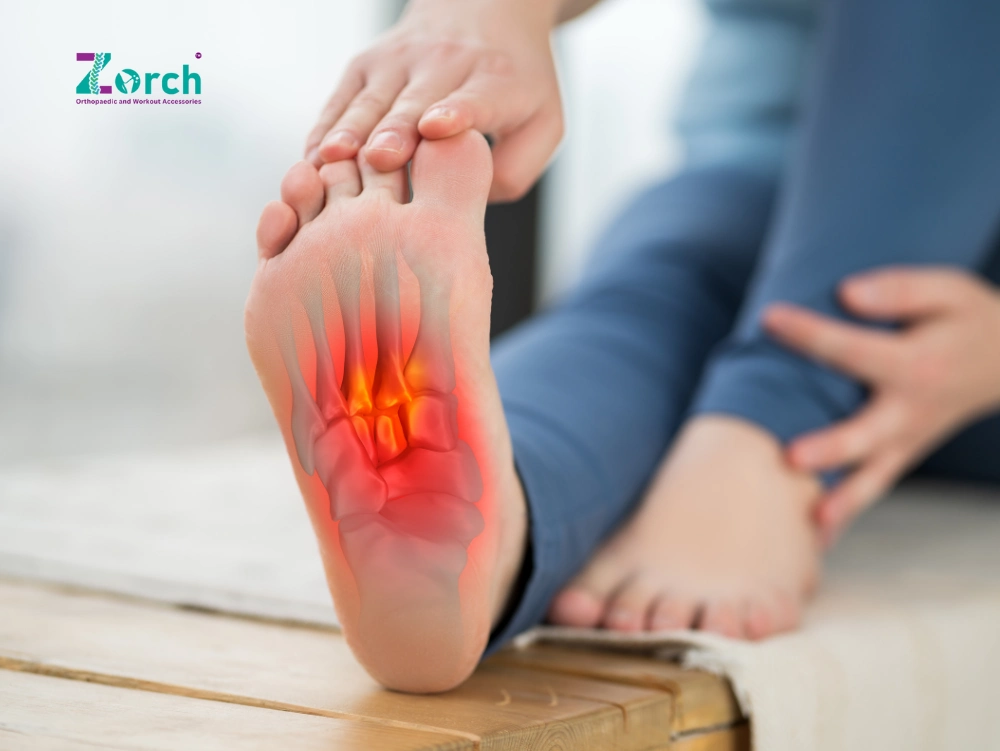
Top 5 Plantar Fasciitis Treatments That Actually Work for Relief
If you’re an older adult or someone who wakes up every morning with a sharp pain in your heel, chances are you might be dealing with plantar fasciitis. This condition is one of the most common causes of heel pain, especially in people above the age of 40. The good news? With the right care and consistent effort, the pain can be managed and even reduced significantly.
In this blog, we’ll walk through the top 5 plantar fasciitis treatments that actually work. These remedies are simple, practical, and effective enough to be followed at home.
Top 5 Plantar Fasciitis Treatments
1. Rest and Foot Care: The First Step in Plantar Fasciitis Treatment
The very first step in plantar fasciitis treatment is giving your foot the rest it deserves. Standing or walking for long hours puts pressure on the plantar fascia (the thick band of tissue that connects your heel to your toes), leading to pain.
- Reduce strain on your feet: Avoid standing for long stretches and give your heels enough rest.
- Use ice packs: Applying an ice pack for 15–20 minutes a few times a day can reduce inflammation and give quick relief.
This simple habit makes a big difference, especially for older adults who may already have weak joints or mobility issues.
2. Stretching and Exercises for Plantar Fasciitis
Many wonder, “how to cure plantar fasciitis in one week?” While complete cure in a week is unlikely, regular stretching exercises can speed up healing.
Here are a few that can help:
- Gentle calf stretches: Stand facing a wall, place one leg back, and gently stretch the calf muscles.
- Towel stretches: Sit down, place a towel under your foot, and pull gently to stretch the arch.
- Foot rolling exercise: Use a tennis ball or a frozen water bottle to roll under your foot.
These exercises for plantar fasciitis not only improve flexibility but also reduce morning heel pain.
3. Plantar Fasciitis Insoles and Supportive Footwear
Footwear plays a huge role in recovery. Walking barefoot or wearing thin slippers can worsen the condition. Instead, switch to shoes with plantar fasciitis insoles or good arch support.
- Choosing the right shoes: Look for cushioned soles and firm heel support.
- Insoles with Arch Support: Best insoles with arch support helps distribute pressure evenly across the foot, preventing strain on the heel.
Recommend Products
Using the right insoles doesn’t just help with heel pain; it can also improve posture and reduce related problems like causes of back pain.
👉 If you’re also dealing with flat feet, you might be curious about how to cure flat feet or even wonder, “Can shoe insoles correct flat feet?” While insoles provide support, they mainly reduce discomfort rather than permanently correcting flat feet.
4. Medical Treatments and Professional Help
If home remedies don’t bring relief as a plantar fasciitis treatments, it’s wise to consult a doctor. Sometimes, professional treatments are required for faster recovery.
- Physical therapy: Trained therapists guide you through exercises that strengthen your foot muscles.
- Medications or injections: Anti-inflammatory medicines or steroid injections may be suggested in severe cases.
- Orthopedic consultation: For persistent pain, an orthopedic specialist can provide more advanced treatment options.
Remember, early professional help can save you from worsening the condition.
5. Lifestyle Changes That Help in Long-Term Healing
Apart from direct treatments, small changes in lifestyle go a long way in preventing plantar fasciitis from returning.
- Weight management: Excess weight puts additional pressure on the feet. A balanced diet and light physical activity can ease this strain.
- Balanced activity: Avoid high-impact activities like running on hard surfaces. Instead, opt for walking, swimming, or cycling.
- Posture awareness: Bad posture can affect your back, knees, and even feet. That’s why many experts link poor foot support with 7 ankle pain causes and even chronic back discomfort.
By making these small adjustments, you’ll notice steady improvements in your foot health.
FAQs About Plantar Fasciitis Treatment
Can plantar fasciitis be cured in one week?
Not completely. While quick relief is possible with rest, ice, and insoles, full healing usually takes weeks to months.
Do insoles really help with plantar fasciitis?
Yes. Plantar fasciitis insoles reduce pressure on the heel and provide arch support, making daily activities easier.
What are the causes of plantar fasciitis?
It is often caused by overuse, obesity, flat feet, or wearing unsupportive footwear.
How long does plantar fasciitis take to heal?
Most people recover within 6–12 weeks with consistent care and proper treatment.
Can shoe insoles correct flat feet?
Not entirely. They don’t “cure” flat feet but help reduce pain and provide better stability.
Are there natural remedies for plantar fasciitis?
Yes. Rest, stretching, ice therapy, and proper footwear are all natural and highly effective remedies.
Conclusion
Living with plantar fasciitis can feel frustrating, especially if you’re older and rely on your mobility for daily comfort. But with these top 5 plantar fasciitis treatments, relief is absolutely possible. From simple exercises to supportive insoles and lifestyle tweaks, every step counts towards healing.
So, don’t lose hope—start with small changes today, and over time, you’ll notice your feet thanking you with less pain and more freedom to move.


